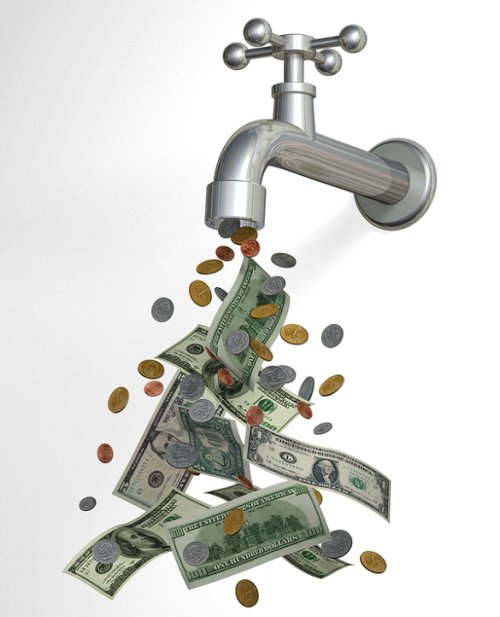
We’ve been discussing how running your business is like following a recipe. You need the right ingredients in the right amounts in order for the dish to come out correctly. We’ve talked about profitability, which is a measure of profit relative to revenue. And we’ve also talked about activity, collecting your accounts receivable and turning inventory. The third ingredient is liquidity, or cash in the bank.
Every business owner wants to have a profitable business with lots of cash in the bank. The problem is that many business owners struggle with maintaining healthy cash flow and 82% of small business fail due to cash flow problems. Cash flow, not cash, is the ingredient here. Cash is an absolute number, but cash flow is the rate at which cash flows in and out of a company.
It broke my heart to see so many businesses and business owners find themselves with negative cash flow and not know what to do during COVID and the Great Recession of 2009.
In the Great Recession of 2009, I was working with a professional services firm whose loans were in the special assets department of the bank (I call it the “S.A.D” department because you’re sad if you’re there because the bank is about to kick you out). I’ll call this business owner Robert. Robert had to pay back this loan from the bank, but at the same time he was trying to turn his business around and was struggling with negative cash flow. After some coaching, a $250,000 loss from the year before was turned into a $500,000 profit.
But even with this higher revenue and profit, Robert still had a very low cash balance in the company bank account. He asked me, “Why is my cash so low with all this profit?” I quickly pulled the company balance sheet and showed Robert that over 75% of his profit was still sitting in accounts receivable waiting to be collected from their clients. Robert put a plan in place and did collect those receivables, giving him more positive cash flow. He was able to pay the bank off and later sold his business for a nice sum of money.
The least understood financial statement available to the business owner is the cash flow statement. It measures the amount of cash flow that is generated from the operating part of the business, the investing part of the business (buying fixed assets), and the financing part of the business (how much did you borrow or pay back and how much did you distribute to yourself). The total of the inflows and outflows of cash in each of those areas tells you if your cash flow is positive or negative and what caused it.
To stop leaking cash, you have to be sure your cash inflows exceed your cash outflows. Like Robert, you may need to collect faster on your accounts receivable. You can also create positive cash flow by borrowing money. But with that comes leverage, which is an ingredient for another day.
Is your business experiencing the positive cash flow and large cash balances you’ve always dreamed of? Or is your recipe off? It can be difficult to know which ingredients need to be adjusted to help your business come out just right. You don’t have to do it alone. Let’s talk today.
For some ideas on where to start, check out our free resource, ”4 Blind Spots That Could Be Costing You Money”.






